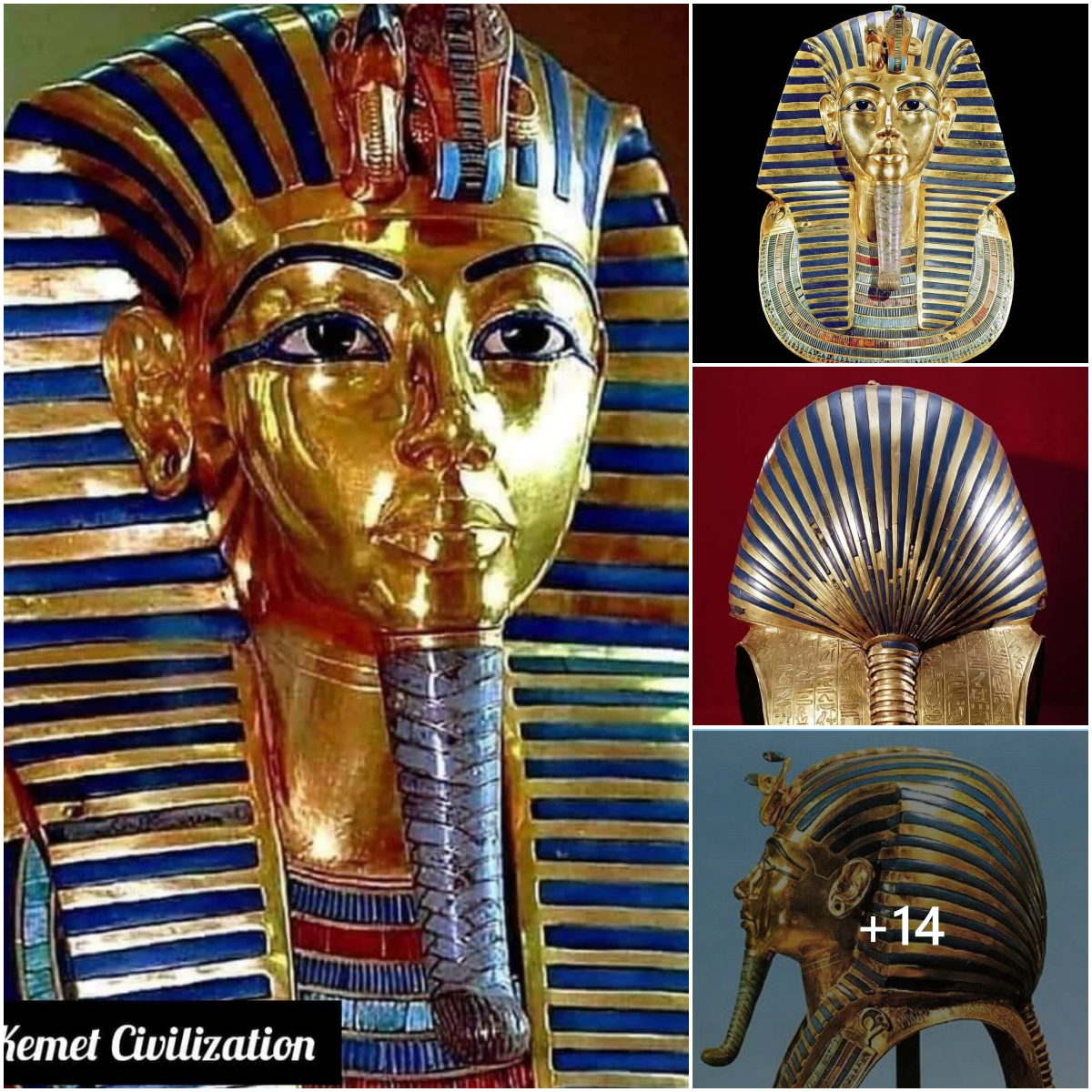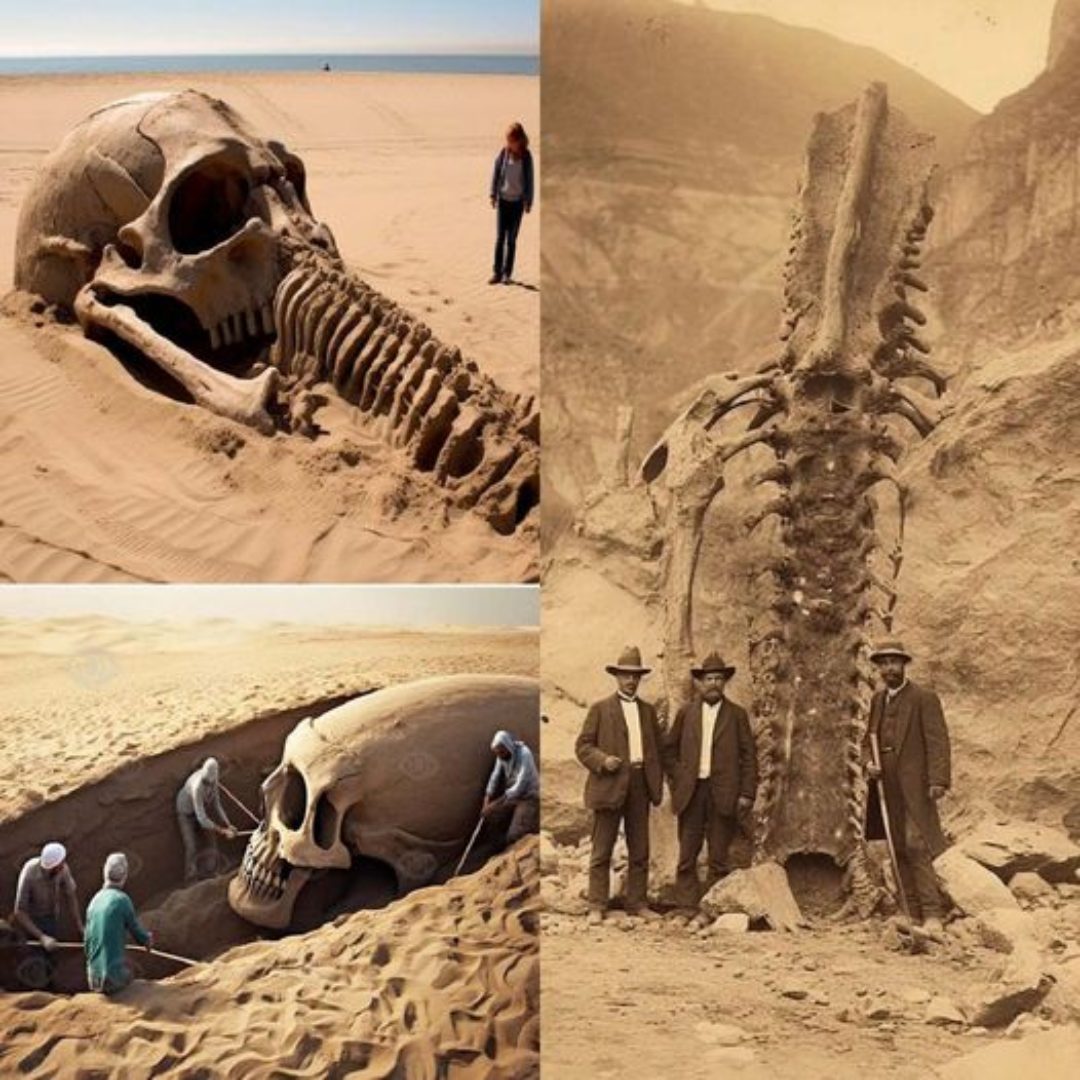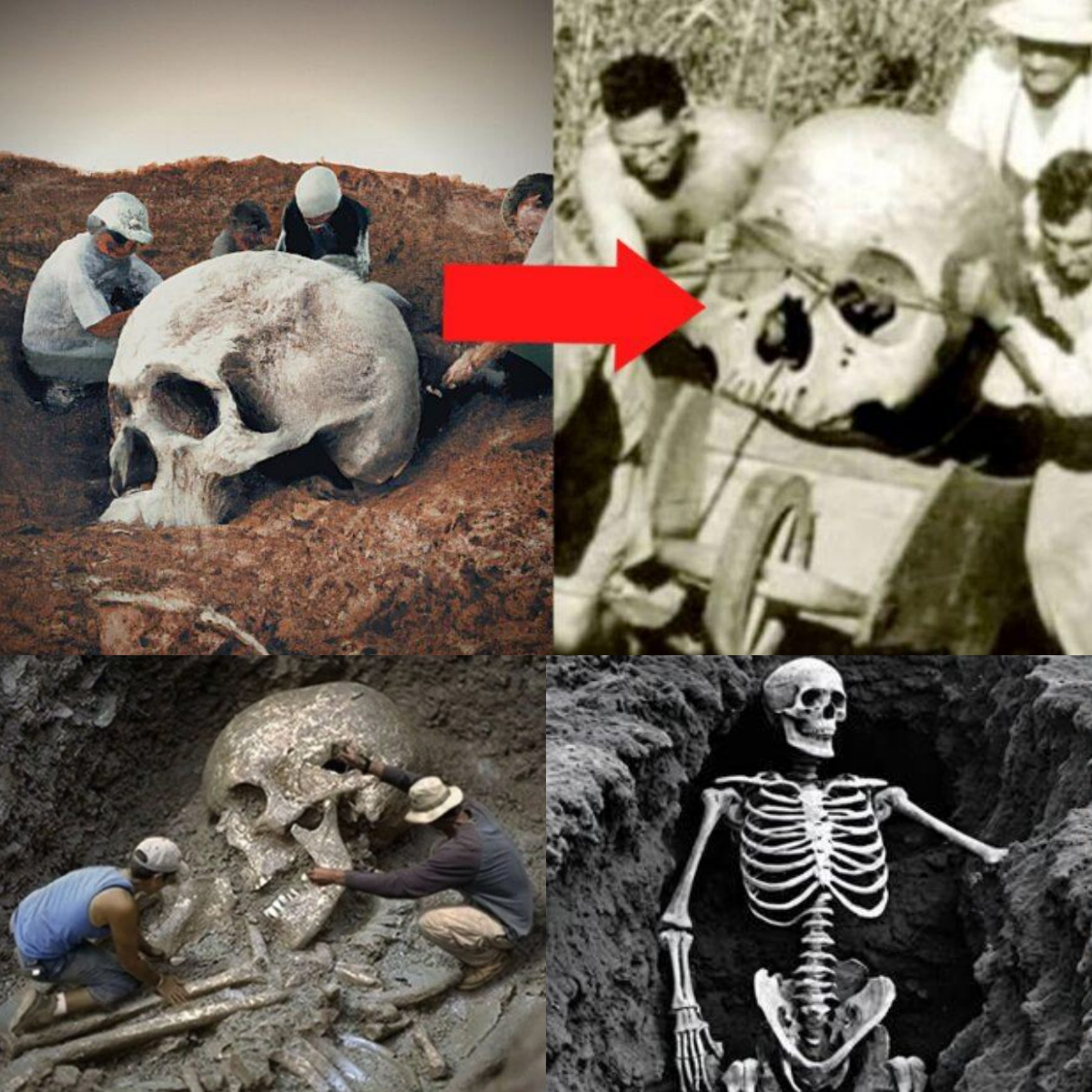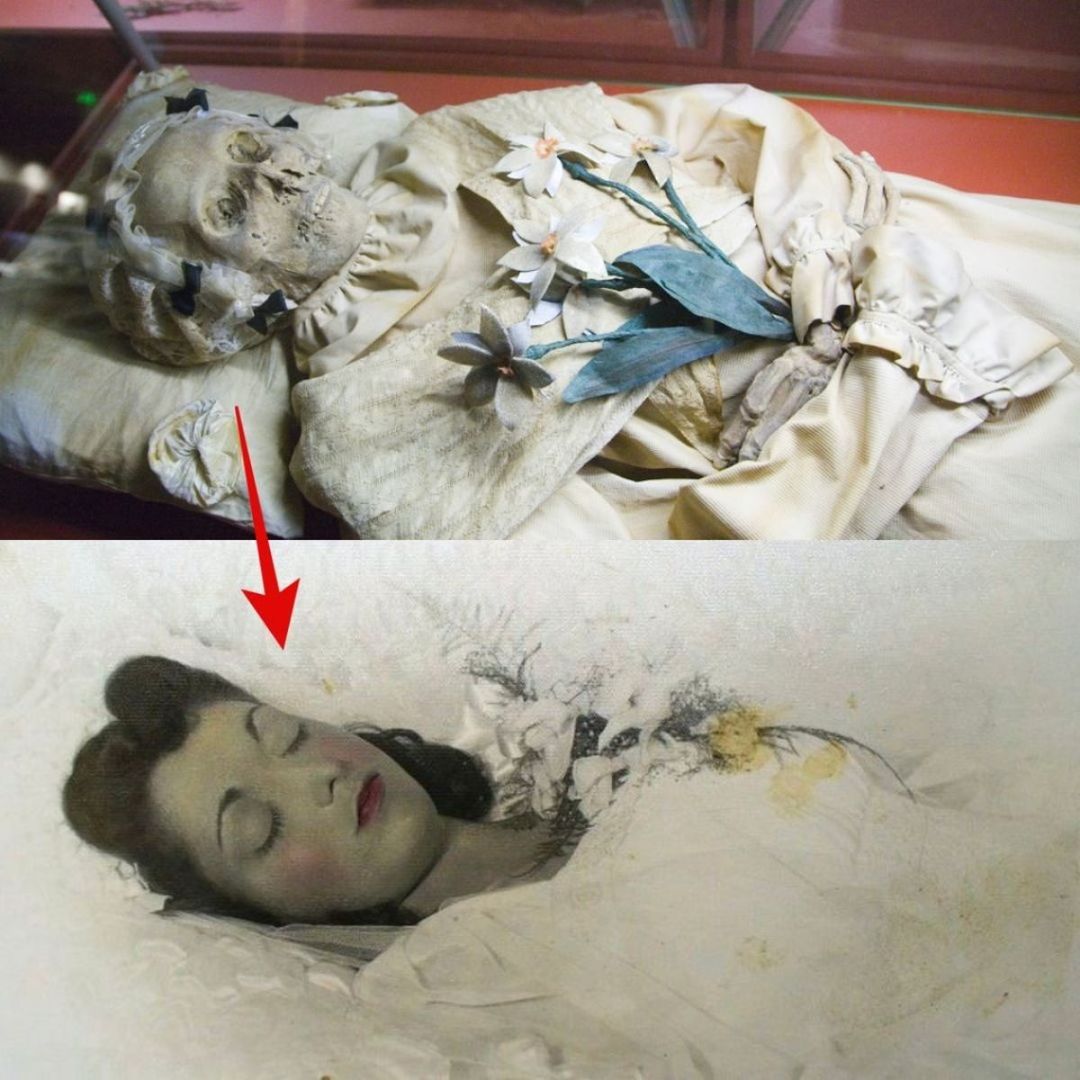
1. Hera’s Influence on Ancient Greek Weddings

Hera, the youngest daughter of Cronus and Rhea, and wife and sister of Zeus was the Greek goddess of consummated marriages. During the wedding month of Gamelion, which corresponds roughly to January-February, sacrifices were made to Hera. During these sacrifices she was invoked as the gamostolos (“wedding preparer”), zygia (“uniter”), and leleia (“the fulfilled”). On the island of Lesbos beauty contests took place during the month of Gamelion as well.
In Olympia, women celebrated a festival dedicated to Hera every four years. Sixteen women were chosen, two from each community in the region, to preside over the festival. At the festival, Hera was presented with a new peplos, and maidens (unmarried virgin women) would run races in the stadion wearing a short chiton with their right shoulders showing.
In Symphalos, Hera also had three temples: The pais (“Girl”), teleia (“Fulfilled”), and chera (“Separated”). Hera in these three forms mirrored the stages of life for an ancient Greek woman: unmarried girl, married woman (the wedding being the “fulfillment” of life), and finally, separated. The ancient Greek wedding was the fulfillment of life for a woman.
2. The Function of an Ancient Greek Wedding

Get the latest articles delivered to your inbox
Sign up to our Free Weekly Newsletter
Marriage, in formal terms, was a private business arrangement between a man and the father of his bride-to-be, which led to a complex set of arrangements between both families. Though the specifics of certain laws surrounding marriage differed from city-state to city-state in ancient Greece, in general, marriage served a social function rather than a personal one (though this isn’t to say that marriage was devoid of emotion in ancient Greece).
The social functions an ancient Greek wedding served included reproduction, the strengthening of household ties, and the controlling of unmarried girls, who were seen as a “problematic” demographic by the state. Despite the differences in specific marriage laws and ideas about gender, one thing that was consistent was the intervention of the government in ensuring that young, unmarried girls were married to suitable men. This was one of the few areas of ancient Greek private family life in which the state intervened.

The first step in an ancient Greek wedding was the dowry. This would have been the most significant form of property a woman acquired and was provided for by her kyrios (guardian). Usually, the dowry was given at the engue, or betrothal, but it could be handed over at a later date, such as at the marriage ceremony itself if all parties agreed. Typically the dowry was a sum of money, but moveable goods such as furniture could be given as well. Any property other than money was assigned a monetary value. The dowry could also include land, though this was uncommon since most men would have wanted to keep their estate for their son’s inheritance.
A large dowry was an expression of a particular family’s wealth and social status. It also functioned as a deterrent from frivolous divorce and poor treatment of the wife by the husband, as the husband had to pay the dowry back in full to his wife’s family in the case of a divorce or termination of the marriage for any reason. If he failed to do this, there would be an interest rate of eighteen percent per year. Hence, it was often in the husband’s and his family’s best interest to not spend the dowry, even if it was originally meant for the wife’s maintenance.
4. Most Athenian Girls Were Married Young

Most Athenian girls were likely married between the ages of 14 and 18, while men were probably married around 30. It is unlikely that this age disparity was motivated by a desire to maximize childbearing potential since most Greeks were likely invested in limiting the size of their family.
The responsibility to arrange a marriage fell on a woman’s guardian or kyrios, as she was legally incapable of arranging her own. Though she could not arrange her own marriage, she likely would have at least had some social contact with her husband. Marriages within an extended family group were relatively common, especially those between first cousins. Marriages between uncles and nieces, second cousins, or siblings from the same father but a different mother were not at all uncommon.
If there was no suitable groom within the extended family, then a friend of the bride’s father would suffice. Marriages outside of the family or social circle also occurred, and it may have even been the case that the bride would sometimes not even lay eyes on the groom before the marriage was arranged.
5. Gamelion: The Month of Marriage

Most ancient Greek weddings took place during the month of Gamelion, the month of marriage. Gamelion in the Greek calendar corresponds to January-February in the Roman calendar. Gamelion derives from the Greek word gamos, which means wedding.
In this month a festival known as the Hieros Gamos took place, which commemorated the marriage of Hera and Zeus; here the sacrifice of a pig was made for Zeus. Hera is invoked (meaning she is called on in ritual for inspiration) as the “wedding preparer,” or gamostolos, the “uniter,” or zygia, and the “fulfilled,” or leleia. On the island of Lesbos, women’s beauty contests took place in front of Hera’s temples during the month of Gamelion as well.
6. The Day Before the Wedding: The “Proaulia”

The day before the actual ceremony was for preparation, called “proaulia,” and it involved activities like sacrifices (called proteleia) and dedications. Typically Artemis, Aphrodite, Hera, Athena, and different local deities would receive sacrifices on behalf of the bride and groom to win the favor of the gods.
Dedications were given to Artemis on behalf of the bride on the eve of marriage. Items dedicated included toys and clothing from childhood as well as a lock of her hair. A virginal “girdle,” or other garment charged with sexual energy may have also been dedicated. In Megara and on the island of Delos, brides would also make dedications to local heroine virgins who died before their wedding.
A pais amphitales, a male child with two living parents, would sleep with the bride in the groom’s house on the night before the wedding, a ritual intended to ensure the fertility of the bride; vase paintings allude to this ritual by depicting brides holding small children. The real purpose of ancient Greek marriage is revealed through this ritual: to produce legitimate heirs, hence the concern over ensuring the bride’s fertility.
7. The Day of the Wedding Was Called “Gamos”

Before an ancient Greek wedding, the bride bathed on the morning of the ceremony. After the bath, the bride was dressed in expensive garments. For this, a professional assistant called a nymphokomos was hired to dress the bride. A crown, known as a stephane, was worn. The bridal veil, dyed with saffron, and meant to be lifted at the appropriate time, was the most important aspect of a woman’s attire.
The houses of both bride and groom would be decorated and a celebration of feasting, drinking, dancing, and songs known as hymen hymenaeus would take place at either the bride or groom’s family household. Guests would be separated by sex and even the bride and groom would not eat together.
A procession of the whole wedding party bringing the bride to her new household (the groom’s) would take place after dark. The way was lit with torches and there would be shouting, singing, and music, activities which were meant to ward off evil spirits. Objects such as quinces or violets may have been thrown at the bride and groom to encourage fertility. After the arrival to the groom’s household, various rituals were done and the marriage was consummated
8. The Epaulia after an Ancient Greek Wedding

The day after the consummation more feasting and dancing took place. Epaulia, or gifts, were given at this time also. The gifts would include things like perfumes, soaps, furniture, pots, and other household items. After the gifts, the final festivity of the marriage ceremony was another banquet, which was cooked by the bride and attended by the men of the family only in the house of the groom’s father, which would now be the household of the new bride. This final ceremony of an ancient Greek wedding was possibly meant to serve as a formal introduction of the bride to the men of her new household; she and her future offspring would now be one of their own, a member of the family.





